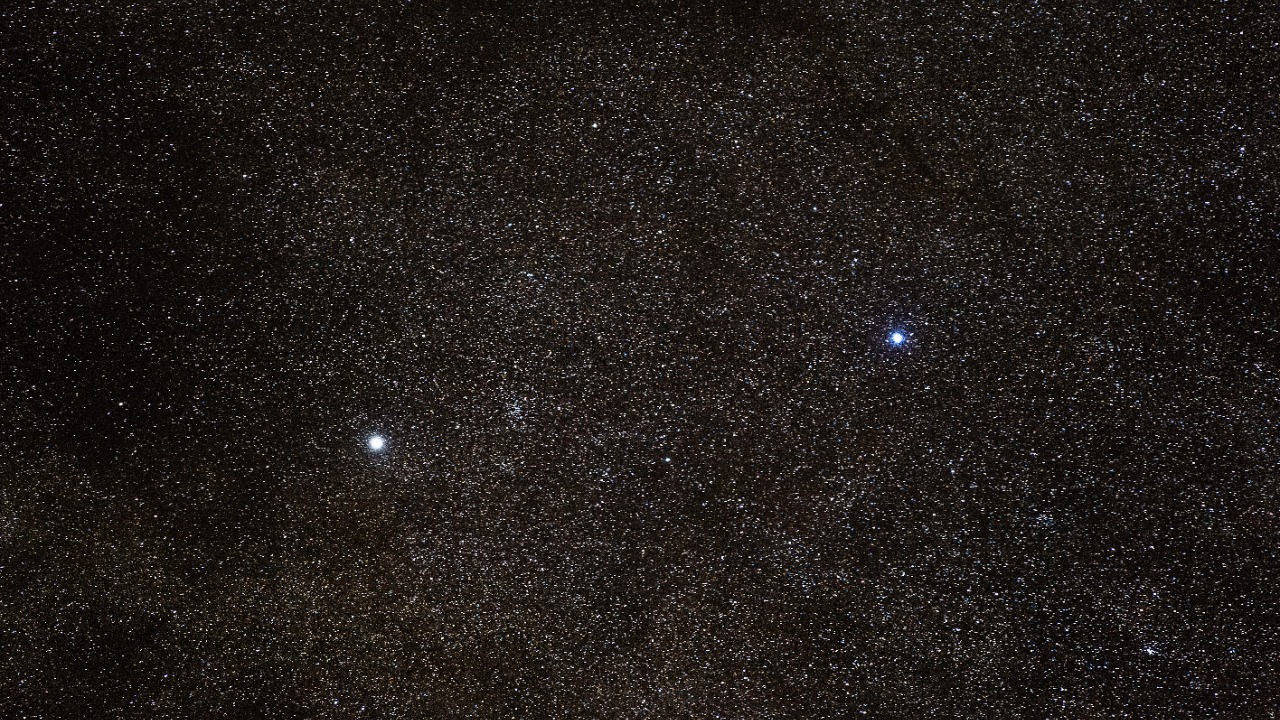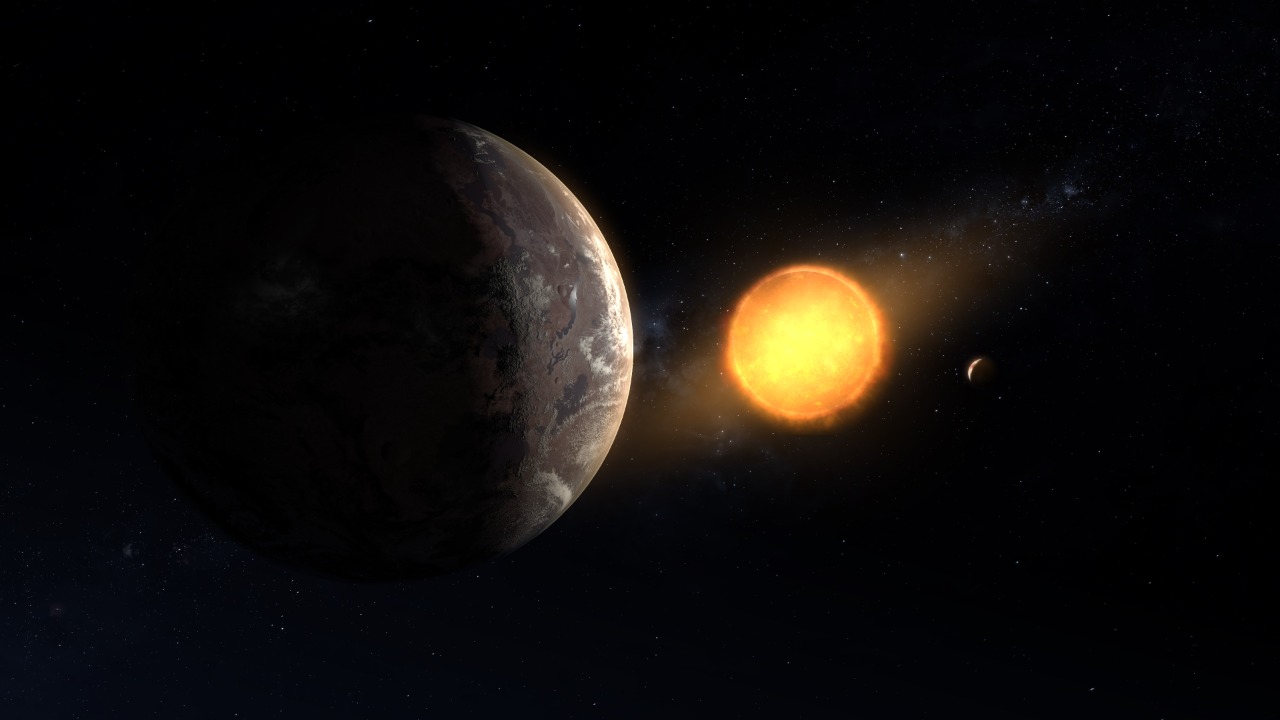
Recent astronomical discoveries have revealed that Barnard’s Star, one of the closest stars to our solar system, is home to three confirmed rocky exoplanets. This finding is particularly exciting for the scientific community as it opens new avenues for understanding planetary formation and the potential for life beyond Earth. The discovery not only highlights the capabilities of modern telescopic technology but also raises intriguing questions about the habitability of these distant worlds.
The Significance of Barnard’s Star

Barnard’s Star has long fascinated astronomers due to its proximity to Earth, making it a prime target for study. Named after the American astronomer E.E. Barnard, this red dwarf star has been instrumental in advancing our understanding of stellar and planetary systems. Located approximately six light-years away, Barnard’s Star is the second-closest stellar system to the Sun, next to the Alpha Centauri triple star system. Its relative proximity allows for detailed observations and serves as a benchmark for studying similar stars in our galaxy.
Historically, Barnard’s Star has presented observational challenges due to its faintness and small size. However, recent advancements in technology have made it possible to study this intriguing star more effectively. High-precision instruments, such as those used in radial velocity measurements, have been pivotal in overcoming previous limitations. These technological breakthroughs have not only enhanced our ability to detect exoplanets around Barnard’s Star but have also expanded our understanding of the universe at large.
Discovery of the Three Rocky Exoplanets

The detection of the three rocky exoplanets orbiting Barnard’s Star was achieved through sophisticated observational techniques, including the use of radial velocity measurements. This method involves detecting the tiny wobbles in a star’s motion caused by the gravitational pull of orbiting planets. The precision required to identify such subtle shifts underscores the advancements in modern astronomical instrumentation. Additionally, photometric methods were employed to confirm the presence of these exoplanets, adding robustness to the discovery.
The newly discovered exoplanets exhibit intriguing characteristics that contribute to our understanding of rocky worlds beyond our solar system. Each planet is similar in composition to Earth, composed primarily of rock and metal. Their sizes vary, but they all fall within the category of terrestrial planets. These exoplanets provide a fascinating comparison to other known rocky planets, such as those in the TRAPPIST-1 system. Understanding their physical properties and orbits helps refine our models of planet formation and evolution.
Implications for Exoplanetary Science

The discovery of these exoplanets around Barnard’s Star has significant implications for theories of planetary formation. Traditionally, models have suggested that rocky planets form closer to their host stars, while gas giants form further out. However, the existence of multiple rocky planets around a red dwarf challenges these assumptions. This discovery supports the idea that planetary systems can exhibit a wide range of configurations, highlighting the diversity of planetary systems in the galaxy.
Assessing the habitability potential of these exoplanets is a key area of interest for astronomers. While the exact conditions on these planets remain unknown, their rocky nature raises the possibility of atmospheres that could support life. Researchers are particularly interested in studying their atmospheric compositions and surface characteristics to determine if they could harbor conditions conducive to life. Although Barnard’s Star is a dim and cool star, the presence of rocky planets in its orbit opens exciting possibilities for future exploration.
Technological Innovations and Future Prospects

The discovery of exoplanets around Barnard’s Star underscores the critical role of advanced telescope technology in expanding our understanding of the universe. Instruments such as the European Southern Observatory’s HARPS spectrograph have been instrumental in detecting these distant worlds. As technology continues to evolve, upcoming projects like the James Webb Space Telescope and the PLATO mission promise to further enhance our ability to explore and characterize exoplanets.
Continued study of nearby star systems, such as Barnard’s Star, holds the potential to enrich our understanding of the cosmos. By analyzing these systems, scientists can gain insights into the formation and evolution of planetary systems, ultimately shedding light on the processes that led to the development of our own solar system. The potential for discovering more exoplanets in the vicinity of Barnard’s Star adds to the excitement and anticipation in the field of exoplanetary science.
The Broader Impact on Astronomy and Science

The discovery of rocky exoplanets around Barnard’s Star serves as an inspiration for future generations of astronomers and scientists. These findings highlight the importance of curiosity and exploration in advancing human knowledge. Educational initiatives that focus on space exploration and astronomy are crucial in sparking interest in young minds, encouraging them to pursue careers in science and technology. By fostering a sense of wonder and discovery, we can ensure that the next generation continues to push the boundaries of what is possible.
International collaboration plays a vital role in advancing the study of Barnard’s Star and its exoplanets. The global effort to explore space is a testament to the power of collaboration and shared knowledge. Projects like the European Space Agency’s CHEOPS mission exemplify how countries can come together to achieve common goals in space exploration. By pooling resources and expertise, the international community can continue to make groundbreaking discoveries and expand our comprehension of the universe.